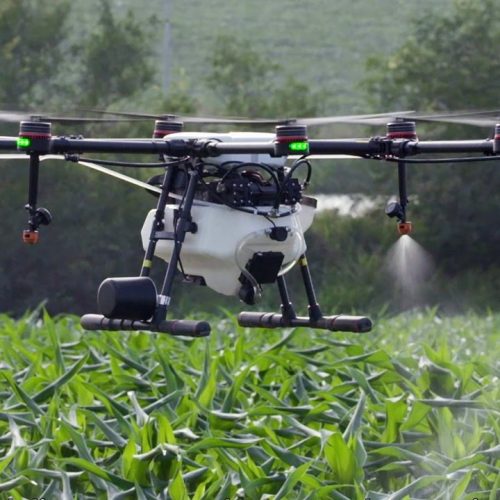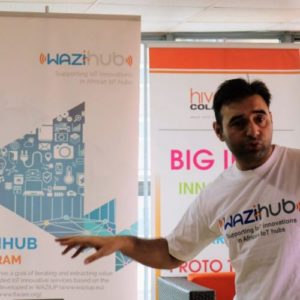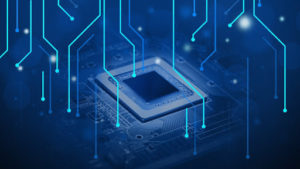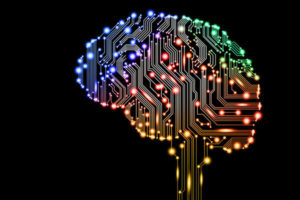Agriculture is one of the growing areas that are in crucial need of further adoption of technological advances. Many economies depend on agriculture, as a primary contributor to the economy. For example, in Kenya, it reaches up to 25% of GDP and provides 18% of employment around the country. Additionally, a large portion of the population in developing countries is working in the agricultural sector. Droughts that happen a few times a year puts the economy and people at risk. The land that is left for agriculture is shrinking as well, and given the limited resources of our planet, it is of utmost importance to learn how to increase the productivity of existing land by 60% by 2030.
Additionally, there are a few trends that are starting to shift our food preferences and lifestyles. Fast-changing consumer demand for certain trendy food is also driving the market forces. For example, health consciousness is becoming a big trend in developed countries — a lot of people choosing vegan and vegetarian-based diets. GlobalData mentioned that the number of vegans has increased six times, whereas in the UK there was a 350% rise. Moreover, many consumers are shifting from starch products to more plant-based vegetables.
The Fourth Industrial Revolution is sweeping us off our feet, and agriculture is the last man standing. However, things are slowly starting to change. More and more investors are shifting their finances into this low-tech industry. The development of new technologies will help many farmers to tackle this changing environment.
Check out some of the latest tech developments:
One to control it all / Internet of things (IoT)
Internet of things has already begun transforming most industries. It is also expected to affect the agricultural industry primarily and will help it grow at a compound annual growth rate of 12.24% between 2017-2021. Many developing countries in Africa have already identified the importance of this technology to support their farmers. The value of IoT is growing exponentially, between $1-15 trillion, plus the higher revenue and cost reduction. Based on a Stanford’s Graduate School of Business research, American farmers who have successfully employed this technology benefited from a 15% reduction in cost and a 13% rise in yields. It has the potential to reduce poverty, by improving their income, raising the overall standards of living for farmers and increasing the country’s GDP.
So, what does IoT mean in farming? IoT devices and sensors can be widely installed, including from the ground, under water and to vehicles. This facilitates collecting all the necessary data, to be then stored in a cloud system, and accessed online via mobile phones. Overall, this provides greater control over their farms and increases the quantity of production. Additionally, there is a shift from precision farming to a micro-precision one. It helps to distribute the pesticides and fertilizers to boost farming effectiveness ideally. IoT is crucial for poor traditional farmers to help them manage their crops, teach them proper ways of fertilization, and when to sell it at the right time. The problem of a fast adoption is, however, the fact that it takes a few years to collect all the relevant data to get some value.
Drone me away/Drones
Using drones does not sound like some futuristic movie anymore. It is also slowly increasing its popularity among different industries. Another trend is that educated and trained young people might consider moving back to farming. This target market would be great to utilize drone technology management. Moreover, this technology is already helping an aging population in Japan, reducing the workload considerably. Its ability to hover over the large surface of a territory, find plant pests or animals, and spray the needed pesticides will be invaluable for farmers around the world.
Automation and AI
Imagine how autonomous vehicles can be used in agriculture? Automated tractors running down the fields, with no human help and saving time and money. No need to employ new workers to drive them and maybe even robots to pick up the fruits. For this to become a reality, the interconnectivity of IoT will be crucial once the agricultural robotics is developed.
Above the ground
Given the depleting resources, lack of land and people moving away to cities, a new approach came up in agriculture – vertical and urban farming. It will not completely disrupt the industry but will allow utilizing extra space in cities. Moreover, it is more efficient and productive as taking less space will help urban farmers to save on energy. For example, a Plenty farm can produce 350 times more food than a same-size regular farm. It helps to grow food of better quality in terms of its taste rather than one that is more durable for transportation.
No soil to spoil
Imagine not needing the soil and little water to grow tomatoes? Sounds unrealistic but is doable, thanks to hydroponics. Interestingly, one of the seven wonders, namely “The Hanging Gardens of Babylon” was the first example of hydroponics in human history. Modern technologies will allow taking this approach to new heights. Additionally, this approach is safer than conventional agriculture, as the dangers of contamination from animal are eliminated.
What’s cooking in the future?
Technology advances rapidly and it is getting harder and harder to make predictions. What is evident is the fact that most sectors will be fully transformed, and the agriculture sector will have to increase its productivity. Given the depleting resources, rise in population and people migrating to cities, a variety of Agtech came up to try and solve our problems. Overall, it would help countries to have better control over the crops and manage the unpredictability that is part of the industry.
This development in technology will contribute to several of the UN’s sustainable development goals like N1, 2, 9 and 11.












